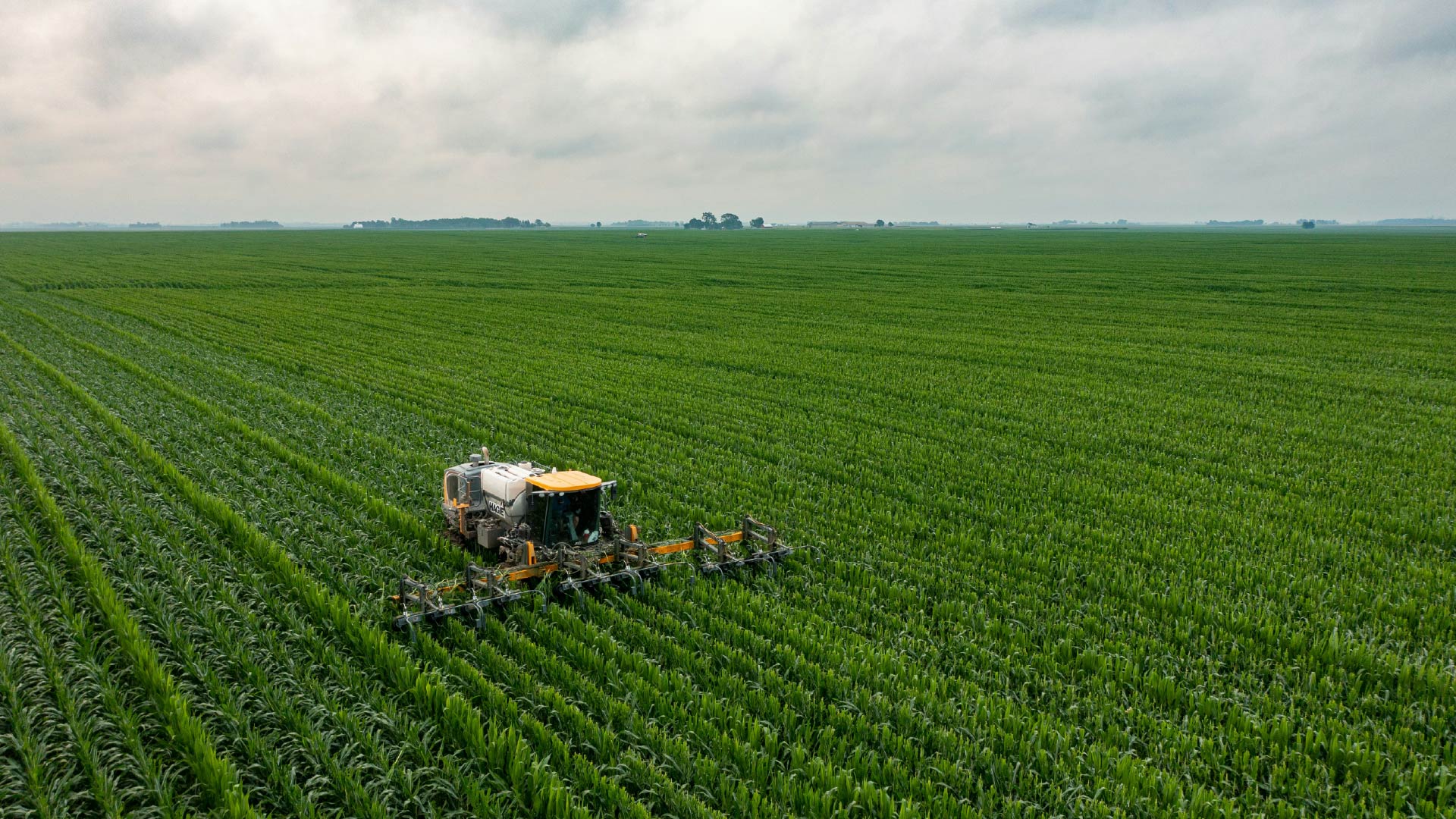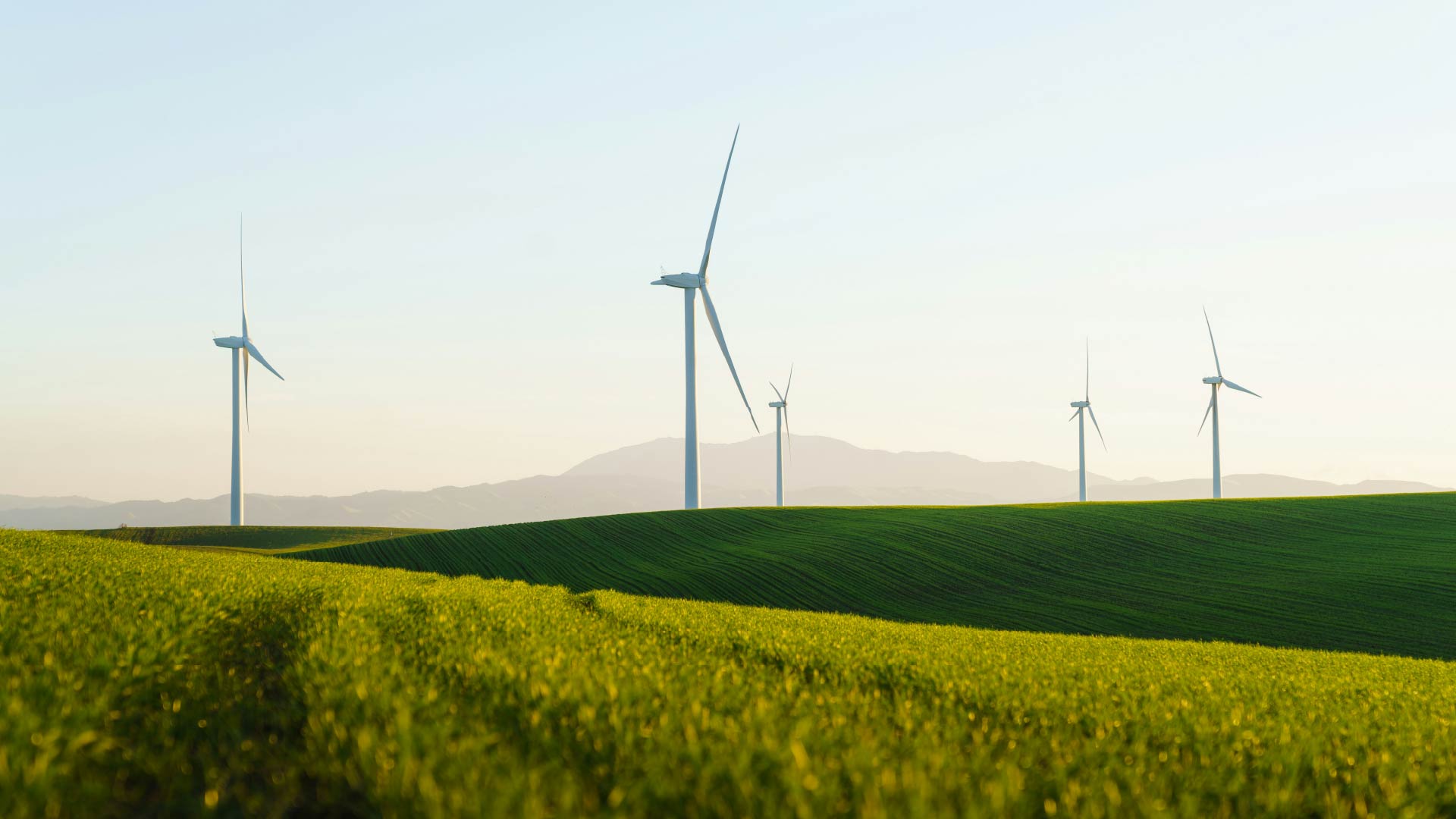Smart Innovators: Circular Economy Digital Solutions

Guy Lewis
Access this research
Access all Sustainable Supply Chains content with a strategic subscription or buy this single report
Need help or have a question about this report? Contact us for assistance
Executive Summary
The circular economy promotes resource efficiency, the reuse and repurposing of parts, waste reduction and smarter product design, all of which align with broader ESG and sustainability goals. The integration of circularity into business models, particularly in consumer-facing industries, has proliferated the need for solutions that can help deliver less linear operations. This report provides a benchmark of circular economy digital solutions, with a focus on innovative technologies. The study defines the scope of circular economy digital solutions and assesses the capabilities of 35 software providers for corporate buyers looking to improve product footprints, inform design, trace environmental impacts and enhance post-sale operations, to break the take-make-waste chain. Innovation in the space often provides industry-specific solutions, owing to the unique challenges facing individual sectors.
Digital Solutions Hold The Key To Operationalizing Circular Initiatives
Regulations, Consumer Preferences And Environmental Constraints Drive The Need For Circular Solutions
Firms Must Respond To Supply Chain And Product Design Challenges To Close The Loop
Circular Economy Digital Solutions Are Born Out Of Industry-Specific Demands
Introducing the Circular Economy Digital Solutions Market
Circular Economy Solutions Target Four Areas Of The Product Life Cycle
Longstanding Software Applications Used In Product Life Cycles Form Solid Foundations For Circular Economy Solutions
Innovation Is Driven By The Need For Transparency, Traceability And Efficiency
Firms Should Integrate Circular Solutions To Take Product Strategy To The Next Level
Circular Solutions Provide Superior Data Access To Help Firms Re-Orient Business Models
Figure 2. National-Level Circular Economy Policy Initiatives
Figure 3. Circular Operations Changing End-Of-Life Product Outcomes
Figure 4. Categories Of Circular Economy Digital Solutions
Figure 5. Applying Circular Economy Digital Solutions To A Linear Life Cycle
Figure 6. Examples Of Circular Economy Service Providers And Their Capabilities
Figure 7. Circular Economy Digital Solutions Capabilities Assessment
About the Authors

Kim Knickle
Research Director
Kim Knickle is a Research Director at Verdantix, bringing more than two decades of analyst experience to the evolving world of sustainability. Her current research spans ESG a...
View Profile
Guy Lewis
Industry Analyst
Guy is an Industry Analyst in the Verdantix ESG & Sustainability practice. He currently leads research on circular economy software and services and supports research acro...






